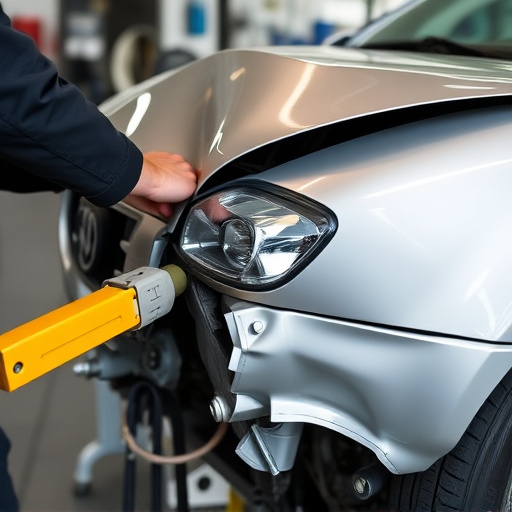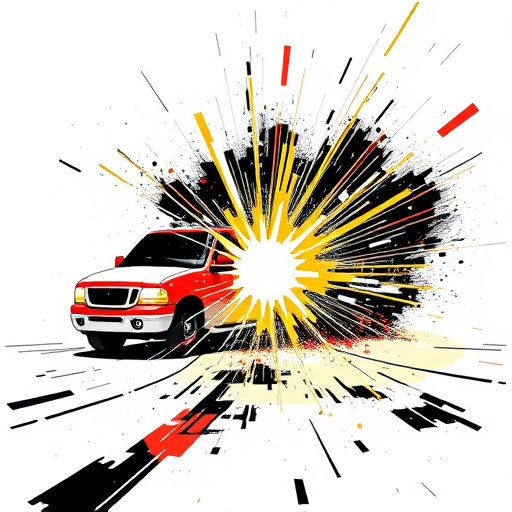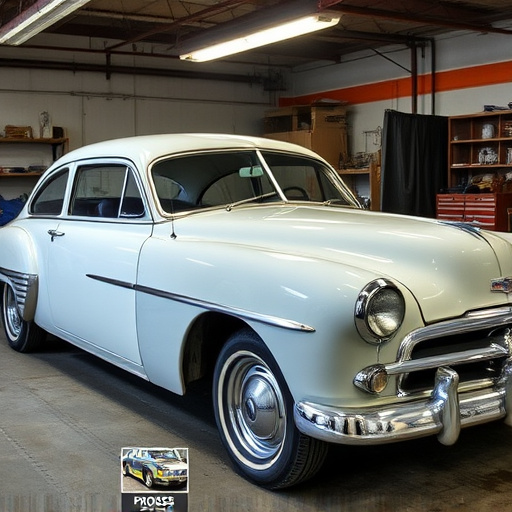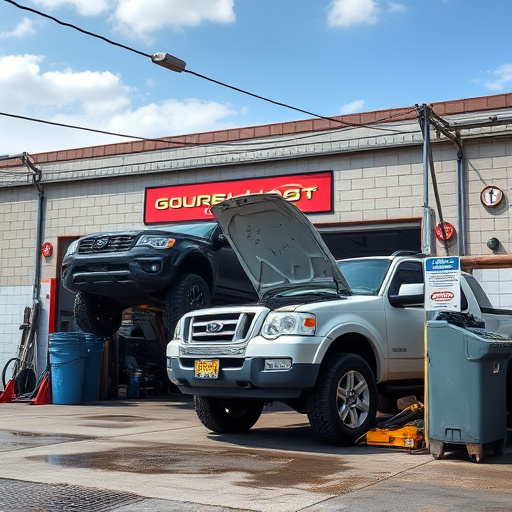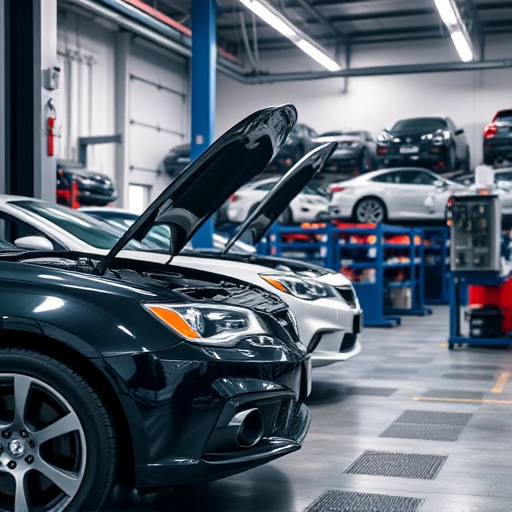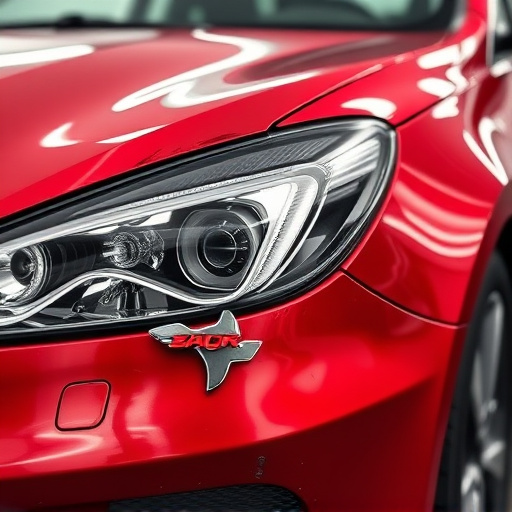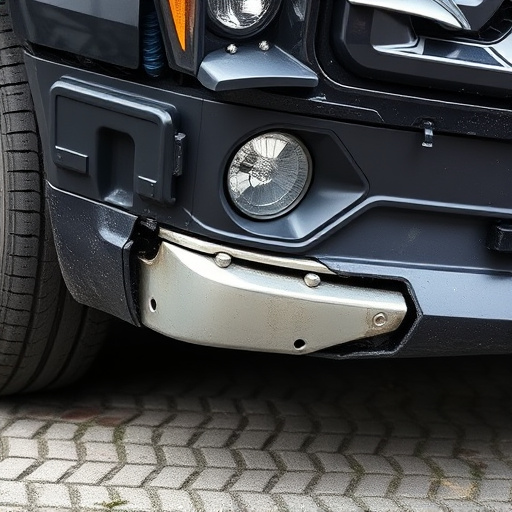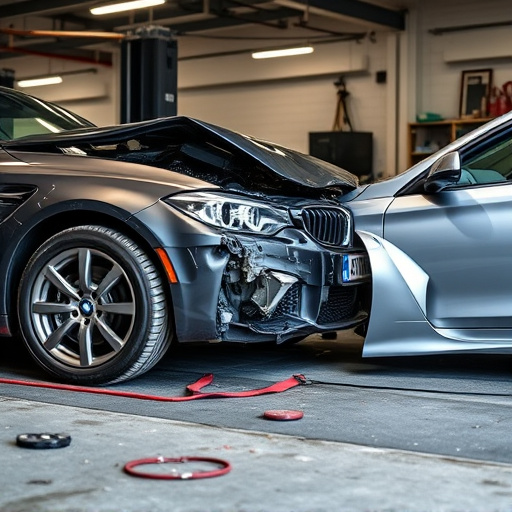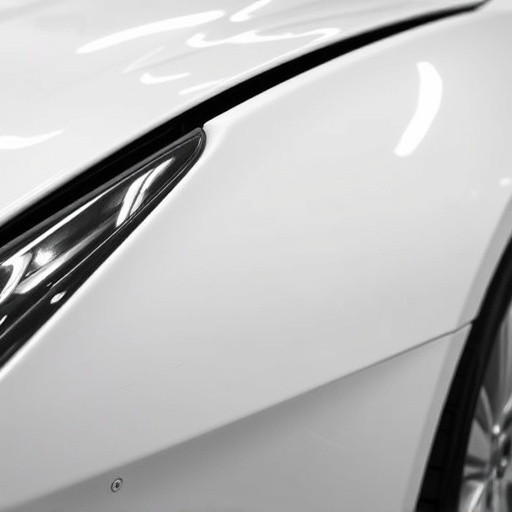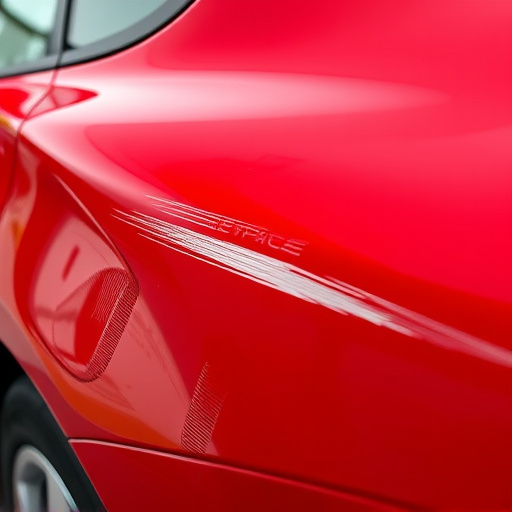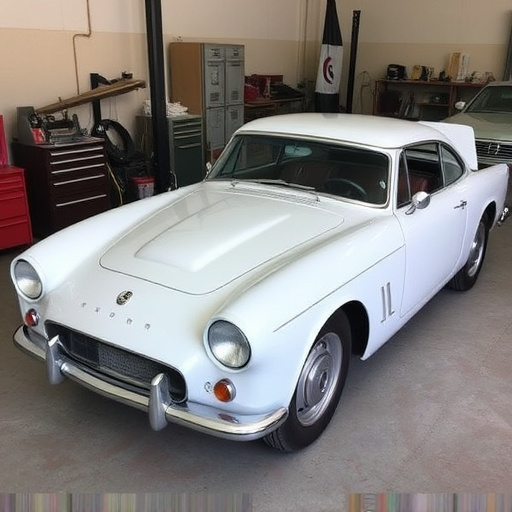While paintless dent repair (PDR) uses advanced tools to remove dents without repainting in many cases, it's not always "paintless" for severe damages or complex shapes. Misconceptions overlook PDR's effectiveness as a faster, cost-effective solution preserving the original factory finish, making it a game-changer compared to traditional painting methods.
“Uncover the truth behind common misconceptions surrounding the innovative Paintless Dent Repair (PDR) method. This non-invasive technique has revolutionized vehicle damage restoration, yet myths persist. In this article, we demystify PDR by addressing key questions: Is it truly paint-free? What tools and techniques are involved? And why is it often underestimated? By shedding light on these aspects, we aim to empower car owners with accurate knowledge about the advanced PDR method.”
- Debunking The Myth: Is It Really Without Paint?
- Common Tools And Techniques People Misconceive
- Why It's Often Underestimated: A Reality Check
Debunking The Myth: Is It Really Without Paint?
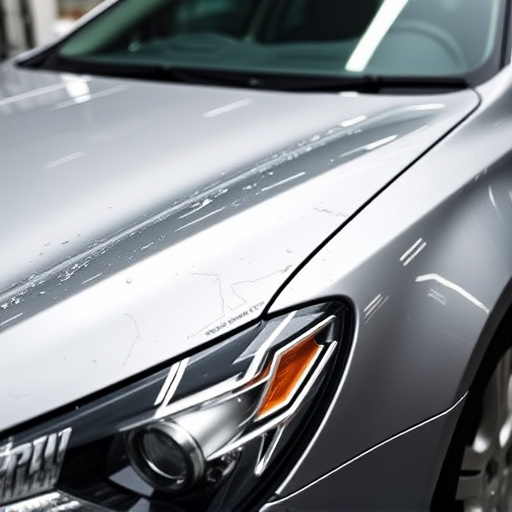
One of the most common misconceptions about paintless dent repair (PDR) is that it’s truly “without paint.” While PDR is a highly effective and popular car collision repair technique, it doesn’t completely bypass the need for paint in most cases. The process involves carefully manipulating the damaged area to return it to its original shape, often using specialized tools and techniques. However, this manipulation does not always leave the surface as pristine as new without any trace of paintwork.
In many instances, especially with minor dents and dings, PDR can effectively restore a car’s appearance without extensive body work or painting. Yet, for more severe damages or complex shapes, some degree of repainting might be necessary to achieve a seamless finish. This is where the term “paintless” becomes somewhat of a misnomer, as it doesn’t account for all scenarios in car body restoration. Understanding these nuances is crucial when considering PDR versus other dent removal methods like traditional painting techniques.
Common Tools And Techniques People Misconceive
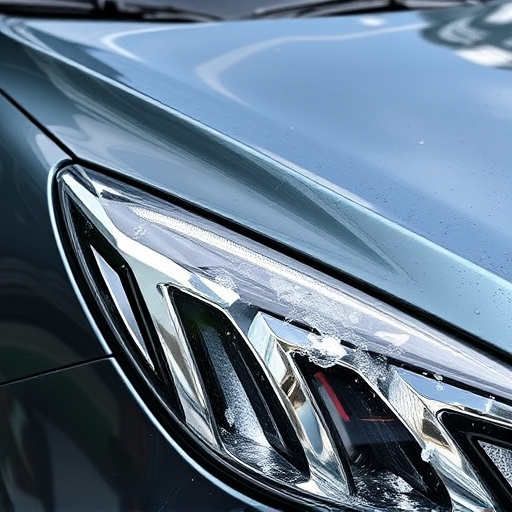
Many people confuse paintless dent repair (PDR) with simple DIY methods they might see online. While it’s true that PDR allows for some impressive repairs, professional technicians use specialized tools and techniques that go far beyond what a novice could achieve. Common misconceptions include using hammers and screwdrivers to pop out dents, which can lead to unsightly paint cracks or even damage to the vehicle’s paneling.
In reality, PDR involves advanced equipment like pneumatic tools, extraction guns, and precision mallets. Technicians skillfully manipulate these tools to gently remove dents without disturbing the original paint surface. This method is not only faster but also more cost-effective compared to traditional auto body repair methods, such as auto glass repair or collision repair shop procedures, that involve sandblasting, painting, and extensive labor.
Why It's Often Underestimated: A Reality Check
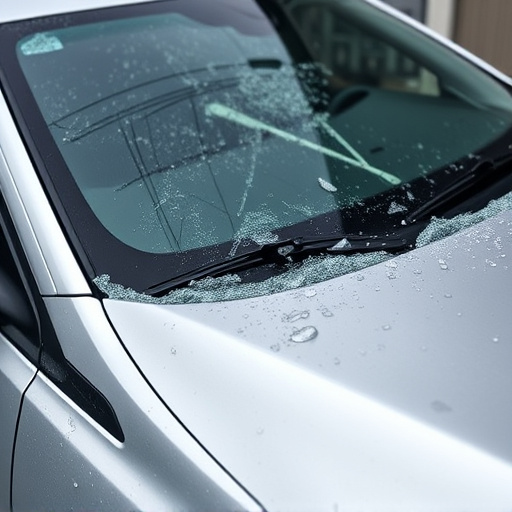
The paintless dent repair method is often underestimated due to a lack of understanding and visibility compared to traditional painting techniques. Many people still believe that severe dents require extensive repainting, leading them to overlook the benefits of this innovative approach. It’s crucial to realize that modern paintless dent repair (PDR) technology has advanced significantly, enabling highly skilled technicians to restore vehicles to their original condition without the need for costly and time-consuming painting processes.
In a typical vehicle body shop or collision repair center, PDR stands out as an efficient and cost-effective solution. Unlike conventional methods that can leave visible repair marks, PDR preserves the original factory finish, ensuring a seamless and flawless appearance. This reality check highlights how misconceptions often fail to account for the precision and expertise required in PDR, making it a game-changer in the industry.
The paintless dent repair (PDR) method has long been shrouded in misunderstanding, but as this article has explored, it offers a precise and virtually invisible approach to fixing dents and scratches. By dispelling the myth that PDR is entirely without paint manipulation, revealing common tools and techniques, and acknowledging its often-underestimated benefits, we can now appreciate the advanced technology and skilled artistry behind this game-changing automotive restoration process.

